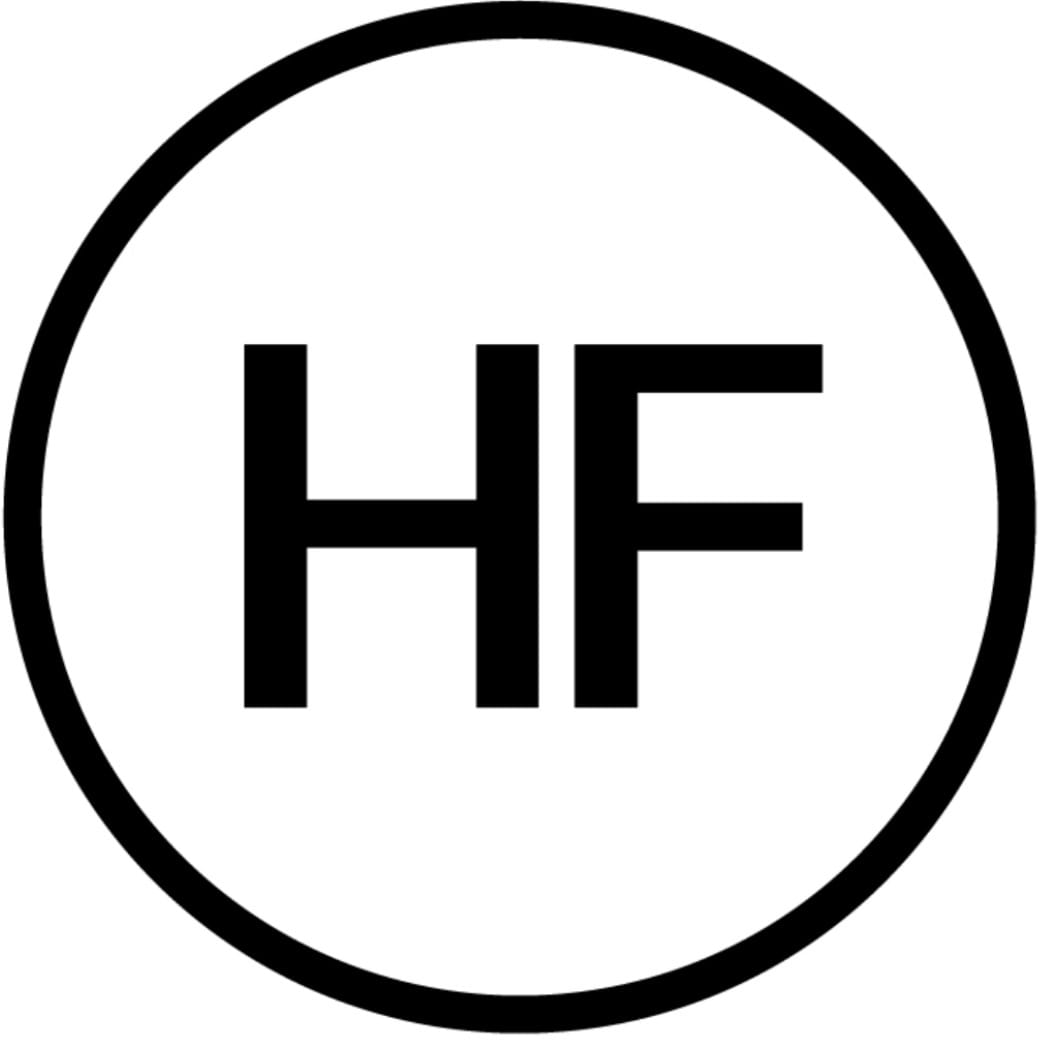-
Virginia Lee Montgomery's intermedia practice is a living dreamscape that centers the narratives of minor and non-human characters from the butterfly and Luna moth, to storm cycles and ponytails.
In videos pinging with ASMR-provoking flourishes and dings, VLM seeks out resonant frequencies in visual and sonic rhymes: perched on an image of the eye of a cyclonic storm, a Junonia coenia butterfly flashes open its wings to reveal eerily symmetric eye spots; in a later scene, the tinkle of a bell stands in for the flutter of flight. Visually captivating and hypnotic, VLM's investigations nonetheless drive at questions fundamental to human experience and to our perception of the natural world. How does form communicate intentionally or subconsciously? What is the agency of material?
-
-
In a conversation on the event of her recent show Dream Cocoon at HESSE FLATOW, VLM spoke with Nicole Kaack about her work and its relationship to panpsychism, linguistic form, projective fallacy, and more.
Read an excerpt below, or watch the full conversation here:
-

-
Galen Strawson proposes something that somewhat encompasses those ideas, and obliterates them at the same time. He says, "Look, what if consciousness is not about 'is this human or not human?' But rather, what if consciousness actually exists on a subatomic level?" So, in the same way that all atoms in our known universe are bound by attributes of gravity, they are also bound by attributes of consciousness. Within this radical idea, everything is conscious. And I mean everything-the hair tie on my ponytail right now, to the laptop that's in front of me, to you, to the sandwich that you ate for lunch. Everything is conscious.
You could see how this idea, which is categorized as panpsychicism, is both something that's very liberating, but also a bit horrifying. If everything is conscious, then that opens up really interesting conversations about agency. And if you want to bring in a psychoanalytic position: what is the agency that's present? What is a projected agency? What does an object actually want? That article creates this whole other range of questions.
As an artist, I find myself thinking about this when I'm in the studio, looking at, say, a stone that I'm carving. If there's consciousness on a subatomic level-and the bones of my body are made out of calcium carbonate, and there are atoms in there, and those atoms are conscious; and marble is chemically made out of calcium carbonate, and that means its consciousness-then maybe this ponytail is looking back at me, as I'm looking at it.
-

NK: The other incredibly powerful aspect of this question of agency is the feminist action of recognizing power and consciousness in things that have not been acknowledged as having power and consciousness. A realization that this system that we exist with or have drawn lines with is playing into structures of power at such a fundamental level.
This kind of talk underlines to the sense of ambiguity in language that you build upon across your practice. There is a suspicion about taxonomy or the ability to classify things. So much of your work is about defining something and then glitching that, breaking the container that you've given to a form or a character.
VLM: Language is something that I have a very specific relationship to. Partly, that comes from having been diagnosed as neuroatypical when I was a kid. I have really intense dyslexia, that alters how my mind perceives the written word. If you're interested in cognitive science linguistics, there's a whole interesting area of study about the kiki-bouba shapes. If you think about the word cat, it begins with C, which is a circle shape with the A lines next to it, and then a T which is like a line with a cross. If you were to draw a line around the perimeter of that, it has a shape. When you're dyslexic, it's really hard to distinguish between the sequence A, C, and T, or C, then A, then T. Everything is flipping. Ultimately, I learned to read by not looking at the interior of the word, but the exterior. You're essentially memorizing the pictograph of the word, the space around the letters.
There are so many ways of engaging language. You can be verbally articulate, but not have any access to written text. Or have access to written text, but you're not looking at the components of the letters, you're just looking at the exterior which your mind interprets as a semiotic structure. I'm very aware that it's all a malleable thing. I'm also the daughter of two legal analysts, and law is by all means the art of taking language, stretching it, bending it, and looking for loopholes to pass through it.
NK: Technicalities.
VLM: Yeah. I've always been very suspicious of language. Teleonomic bias in the sciences is a really interesting area where contemporary scientists are looking back into historical science to identify and correct for all kinds of biological, gender, racial biases that we project upon the world around us. It's hard to have objective data when we are fundamentally subjective beings. I'm not a hardcore conspiracy theorist, but I do think it's important to advocate for a high degree of suspicion about language as a tool. To pictorialize it, language can be a hammer, and you can use it, but you can also take that wooden handle and cut it in half. The metal head of the hammer, you can melt down, and reform it into a new tool.
-

-

Virginia Lee Montgomery: In Conversation with Nicole Kaack
Past viewing_room












